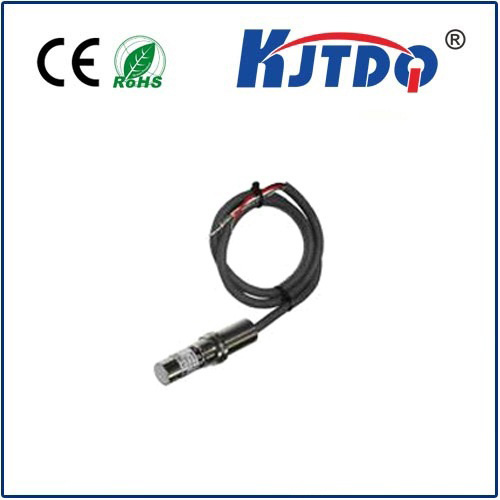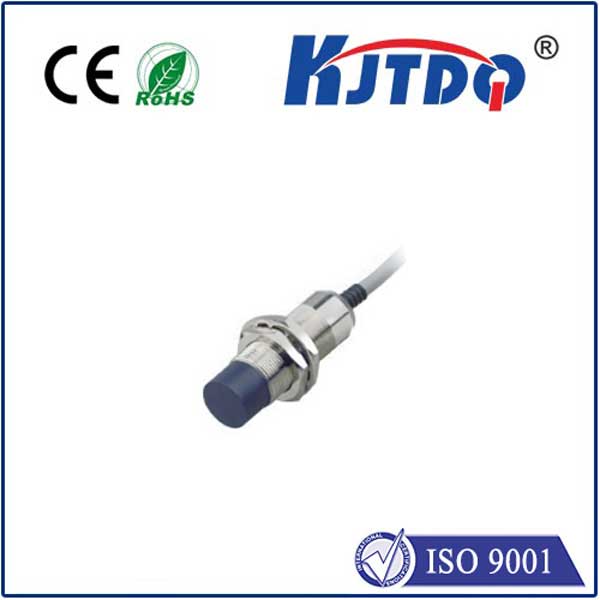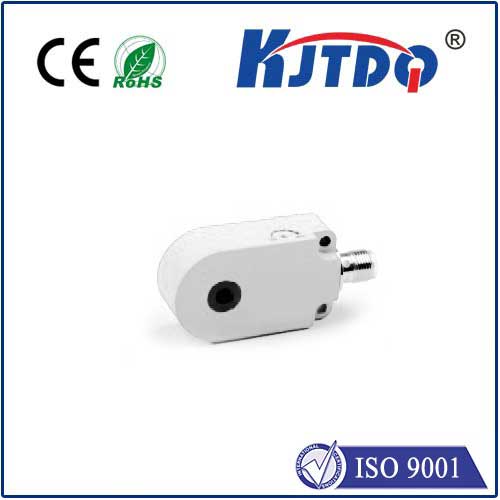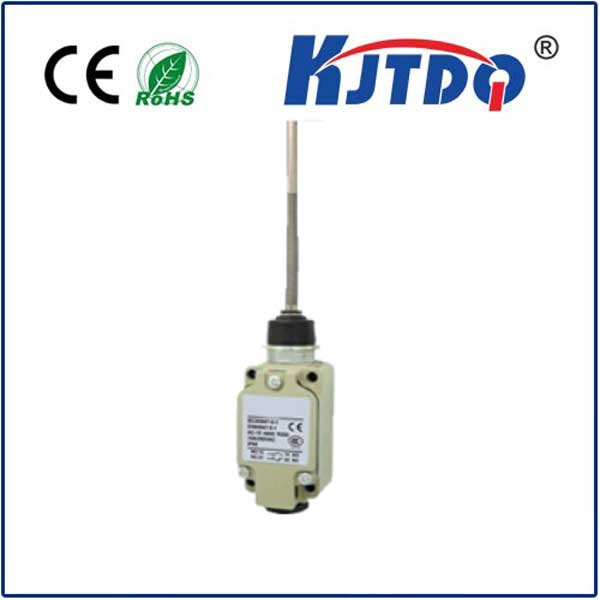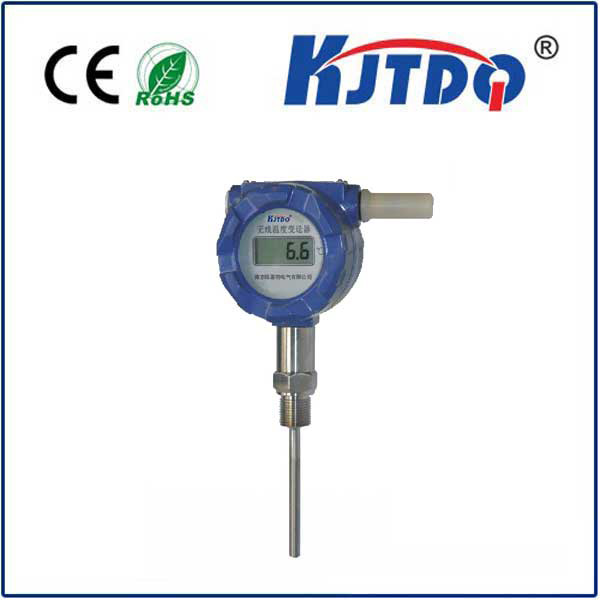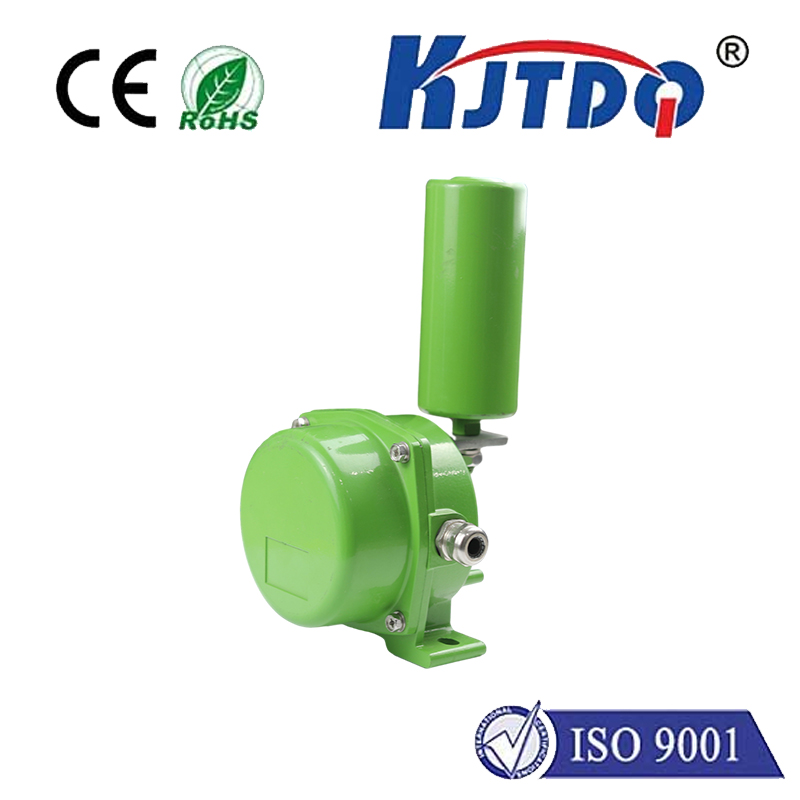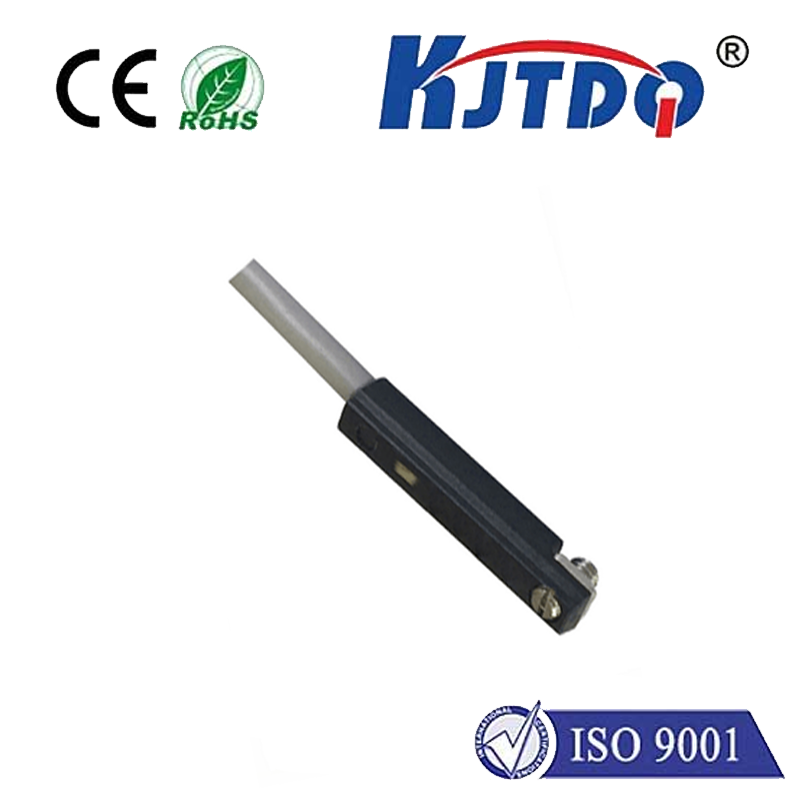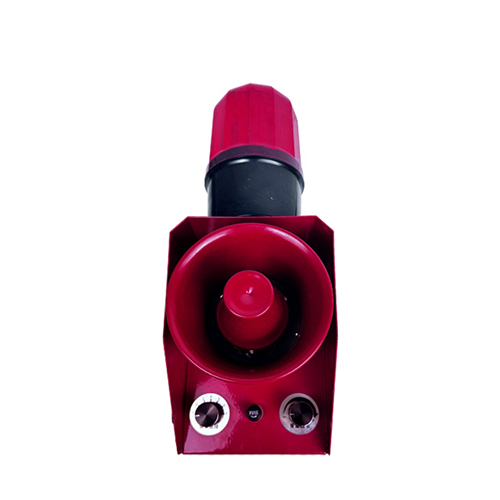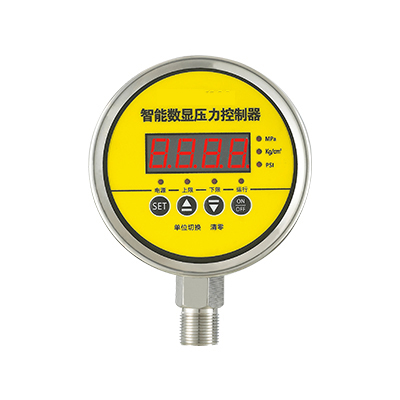

check

check

check

check

check

check

check

check

check

check
Understanding the 24-Volt Limit Switch: A Comprehensive Guide
In the world of automation and industrial machinery, limit switches play a crucial role in ensuring precise machine operation. Among various types, the 24-volt limit switch is a popular choice due to its reliability and compatibility with a wide range of systems. In this comprehensive guide, we will explore what a 24-volt limit switch is, how it works, and its applications in various industries.
Firstly, let's define the term "limit switch". A limit switch is an electromechanical device that is used to detect the presence or absence of an object within a specific range. It consists of an actuator that can be moved physically, which in turn activates or deactivates electrical contacts. These contacts control the power flow to a circuit, thereby signaling a change in state or position.
Now, focusing on the '24 volt' aspect, this refers to the voltage requirement of the limit switch. A 24-volt limit switch operates on a low voltage DC power supply, making it suitable for systems where higher voltages could pose safety risks or compatibility issues. This voltage level is common in industrial control panels and programmable logic controllers (PLCs) that manage multiple sensor inputs and outputs.
The working principle of a 24-volt limit switch is simple yet effective. When an object comes into contact with the actuator, it moves, causing the internal contacts to open or close. This change in contact state can then be used to signal a PLC or other control system to initiate actions such as stopping a motor, changing direction, or triggering an alarm. The low voltage nature of these switches also means they are generally safer to work with than their high voltage counterparts.
Applications of 24-volt limit switches span across various sectors:

1. Manufacturing Industry: In assembly lines and conveyor belt systems, limit switches are used to monitor product flow, ensuring that machines start and stop at the correct positions.
2. Automotive Industry: Car manufacturers use them for precision positioning during robotic assembly processes.
3. Material Handling: Forklifts and other lifting equipment often rely on limit switches to prevent overtravel and potential damage to both the load and the equipment itself.
4. Construction: Tower cranes utilize them for accurate placement of materials and to avoid structural collisions.
5. Energy Sector: In wind turbines, limit switches help regulate blade angles and prevent mechanical strain during high winds.
It's important to note some key considerations when implementing 24-volt limit switches into your system:
- Ensure proper wiring practices are followed to prevent short circuits or accidental triggering.
- Consider the environmental conditions where the switch will operate; some models may offer protection against dust and moisture.
- Choose the right type of actuator based on the application, such as roller levers for heavy machinery or lever extensions for greater reachability.
- Regular maintenance checks should be performed to ensure clean contacts and unobstructed movement of the actuator.
In conclusion, a 24-volt limit switch is an essential component in modern industrial automation. Its ability to provide reliable position detection under low voltage conditions makes it versatile and safe for myriad applications. By understanding its functionality and taking into account the specific needs of your system, you can effectively integrate this technology to enhance operational efficiency and safety standards in your industrial environment.
